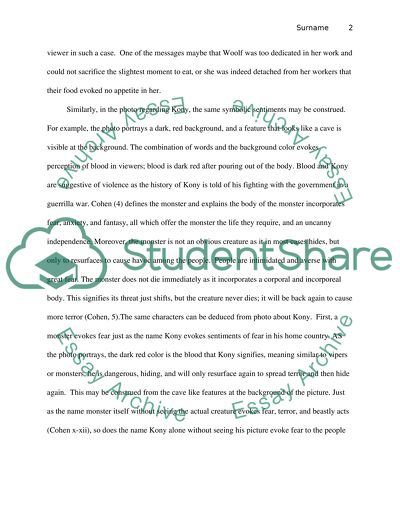Cite this document
(“Research-based Analysis Essay Example | Topics and Well Written Essays - 1500 words”, n.d.)
Retrieved from https://studentshare.org/english/1463012-research-based-analysis
Retrieved from https://studentshare.org/english/1463012-research-based-analysis
(Research-Based Analysis Essay Example | Topics and Well Written Essays - 1500 Words)
https://studentshare.org/english/1463012-research-based-analysis.
https://studentshare.org/english/1463012-research-based-analysis.
“Research-Based Analysis Essay Example | Topics and Well Written Essays - 1500 Words”, n.d. https://studentshare.org/english/1463012-research-based-analysis.


